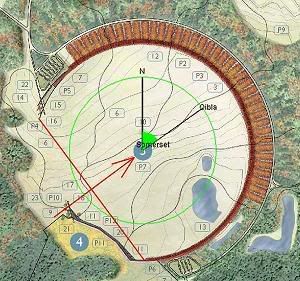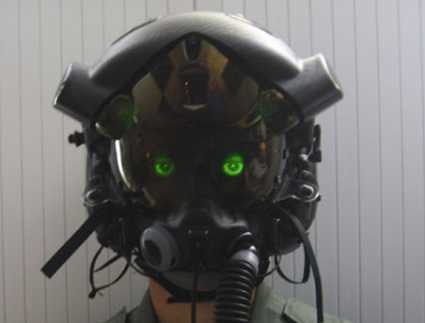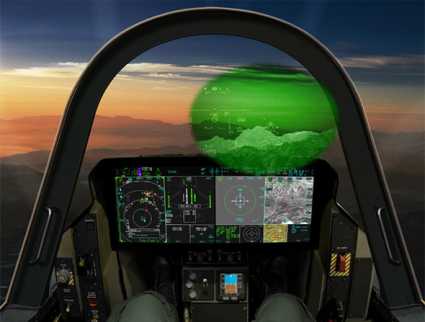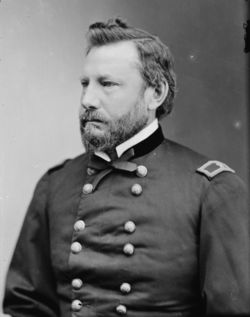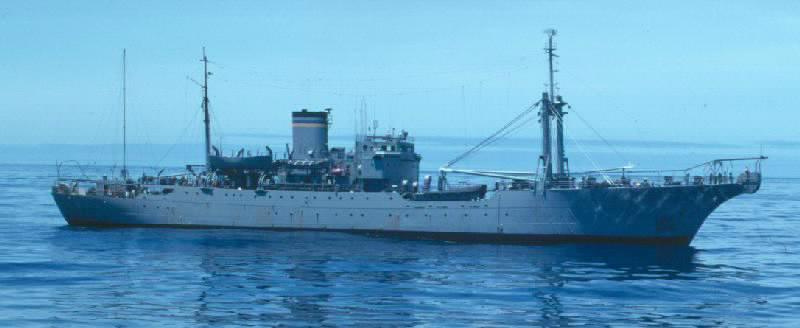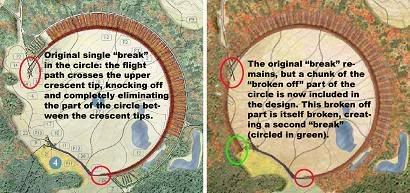Ropeyarn Sunday “Sea Stories” and Open Trackbacks
November 28th, 2007 by xformed
Ropeyarn was not passed on the virtual 1MC until the working party got wrapped up….
“Sea Story?”
Not a very exciting one, but a slice of life for sea going sailors, nonetheless.
Parking. Yes, a mundane part of life, but, back in the day, when the giant Soviet Union commanded most of our professional focus, and that of the nation’s leaders, we were headed for a 600 ship Navy. So, figure 600 hundred ship have sailors, and chiefs and officers. And some of these actually drove to work while the ships were pierside, the plant secured and shore services providing the “hotel services” needed to keep operating.
At all of the naval stations I was stationed at, the parking “scheme” was: Officer (blue sticker) parking up front, with Chief Petty Officer parking next, and then the enlisted/general parking. The game rules were:
Park where your sticker allowed, or get a ticket from Base Security.
If you were an officer, you had two places to park, Officer and Enlisted.
If you were a CPO, you had two places to park, CPO and Enlisted.
If you had a red sticker of the enlisted ranks, or were a visitor or civil servant, you had one place to park.
Makes sense. The modification to the rule was officers couldn’t park in CPO parking. That wasn’t as big an issue on regular days, but, when special occasions arose, such as changes of command, or ship arrivals (from deployment), the up front, closest to the ships parking was usually roped off for those the special occasion was being held for. The closet parking was, with minor exception, the Officer lots.
Arriving at work, to find cones/barricades/tape up, and usually a roving enlisted watch preventing you from parking in the officer’s lot, then you couldn’t “fall back” to the CPO lots. You had to go sharking for a spot in the general/enlisted lot. Somehow, it just didn’t make much sense, but it was what it was, because a large percentage of the Base Security force happened to be retired chief petty officers. The “club members” took care of the current up and coming retirees, who had made it through the process of the CPO Initiations.
That was one bite in the butt, and I survived, but another situation seemed to be rather prevalent, and, in a conspiratorial sense, linked to the issue brought up in the paragraph above:
On normal days at the pier, you might arrive and find all of the officer spots taken, or darn few left. While transiting from the vehicle to the pier between the cars, it became apparent there was a number of cars sporting red base stickers, not blue. Now, when turning and glancing at the vicinity of the CPO lot, you’d most likely see a ticket or two under windshield wipers for those brazen E-6 and below who dared to venture onto the hallowed ground, yet a dearth of same on offenders taking spaces from the arriving officers. Something about the Base Security force being largely comprised of retired CPOs….
It was what it was, but on some days, when the work before Officer’s Call was a large task, the frustration sometimes emerged in a vocal sense.
I did, having arrived at a reasonable Oh, Dark Thirty, time, before sunrise one fine Navy day, find the spot in the front row of the Officer’s lot, that had had a portable sign at the head of the spot, in accordance with the NAVSTA SOPA regulations, saying “CHENG, DD979,” laying face down on the ground and a car with a red sticker occupying the spot I was allowed. I drove around and found a spot in the way away at the back end of the Enlisted lot, then hiked, before the sun rose, to the ship at the D&S piers. I let the XO know this was unsat, and he looked at me and said something like: “Well, my spot wasn’t taken.” Note: SOPA allowed the CO, XO and CMC parking signed to per placed on the pier we were moored at. Not only was it separated from the other parking lots (obviously), there were guards posted (from the ship’s companies of the ships at the pier) who controlled who came on and off the pier, in vehicles or on foot. The XO seemed to have not grasped that fact in the moment.
Anyhow, later that day, I re-expressed my issue, pointing out the Base Security sure had time to ticket non-CPO vehicles, but couldn’t move their donut munching bodies a few tens of yards closer to the water’s edge to police the officer’s lot. I point out it was a matter of laziness, not the inability to patrol, because they had been making sure the CPOs had their lots protected from intrusion, and, on top of that, I got aboard about 20 minutes later, which cut my work time. He made a call.
It wasn’t like I needed the exercise, it’s more I always managed to make a long day longer, but getting there early enough to get a few “hours” of work done (I found out a Navy work hour was really about 10 minutes long, when the crew was aboard and it was “working hours” – when it was not work and not a duty day, I could get an “hours” worth of work done in about 10 minutes).
Now that we have fewer ships, and even with the base consolidations, I know (and saw last year), such turf wars are not as big of an issue, because on a “work day” around the D&S piers on Norfolk, the enlisted lot was only half full. Plenty of parking to go around. I guess I’m only left to wonder if the same retired CPOs are still patrolling the lots….
Category: "Sea Stories", History, Military, Navy, Open Trackbacks | 5 Comments »

